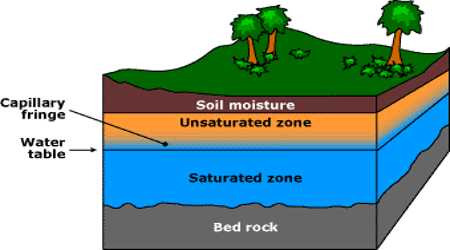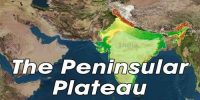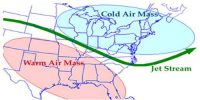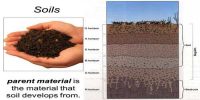Groundwater is the water found underground in the cracks and spaces in soil, sand, and rock. It is stored in and moves slowly through geologic formations of soil, sand, and rocks called aquifers. The surface water percolates well when the rocks are permeable, thinly bedded and highly jointed and cracked. After vertically going down to some depth, the water under the ground flows horizontally through the bedding planes, joints or through the materials themselves. It is this downward and horizontal movement of water which causes the rocks to erode.

Physical or mechanical removal of materials by moving groundwater is insignificant in developing landforms. That is why; the results of the work of groundwater cannot be seen in all types of rocks. But in rocks like limestone’s or dolomites rich in calcium carbonate, the surface water as well as groundwater through the chemical process of solution and precipitation deposition develop varieties of landforms. These two processes of solution and precipitation are active in limestones or dolomites occurring either exclusively or interbedded with other rocks. Any limestone or dolomitic region showing typical landforms produced by the action of groundwater through the processes of solution and deposition is called Karst topography after the typical topography developed in limestone rocks of Karst region in the Balkans adjacent to Adriatic sea.















